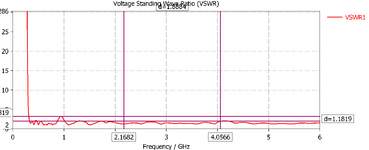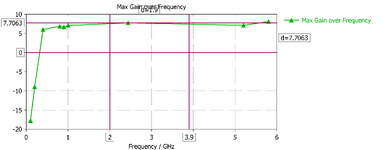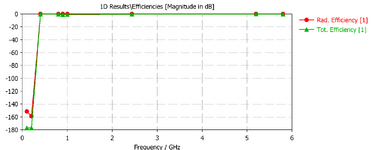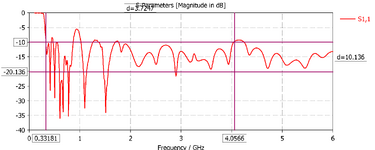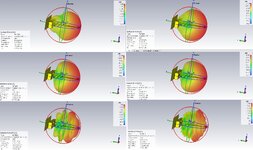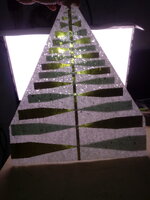alftel
Member level 1

- Joined
- Apr 21, 2019
- Messages
- 38
- Helped
- 4
- Reputation
- 8
- Reaction score
- 5
- Trophy points
- 8
- Activity points
- 517
Hello guys (and gals),
I wonder what it will take money wise to task any of you who owns or have an access to licensed CST and HFSS software to design, simulate/adjust Log Periodic Dipole Array (LPDA) antenna based on our specification, such as maximum size, Err and frequency range. We can provide a preliminary "good guess" measurements to start from. Teflon material, 1.52mm, rated to 10 GHz, 1oz ENIG finishing.
Cheers,
Alex
I wonder what it will take money wise to task any of you who owns or have an access to licensed CST and HFSS software to design, simulate/adjust Log Periodic Dipole Array (LPDA) antenna based on our specification, such as maximum size, Err and frequency range. We can provide a preliminary "good guess" measurements to start from. Teflon material, 1.52mm, rated to 10 GHz, 1oz ENIG finishing.
Cheers,
Alex
Last edited by a moderator:



